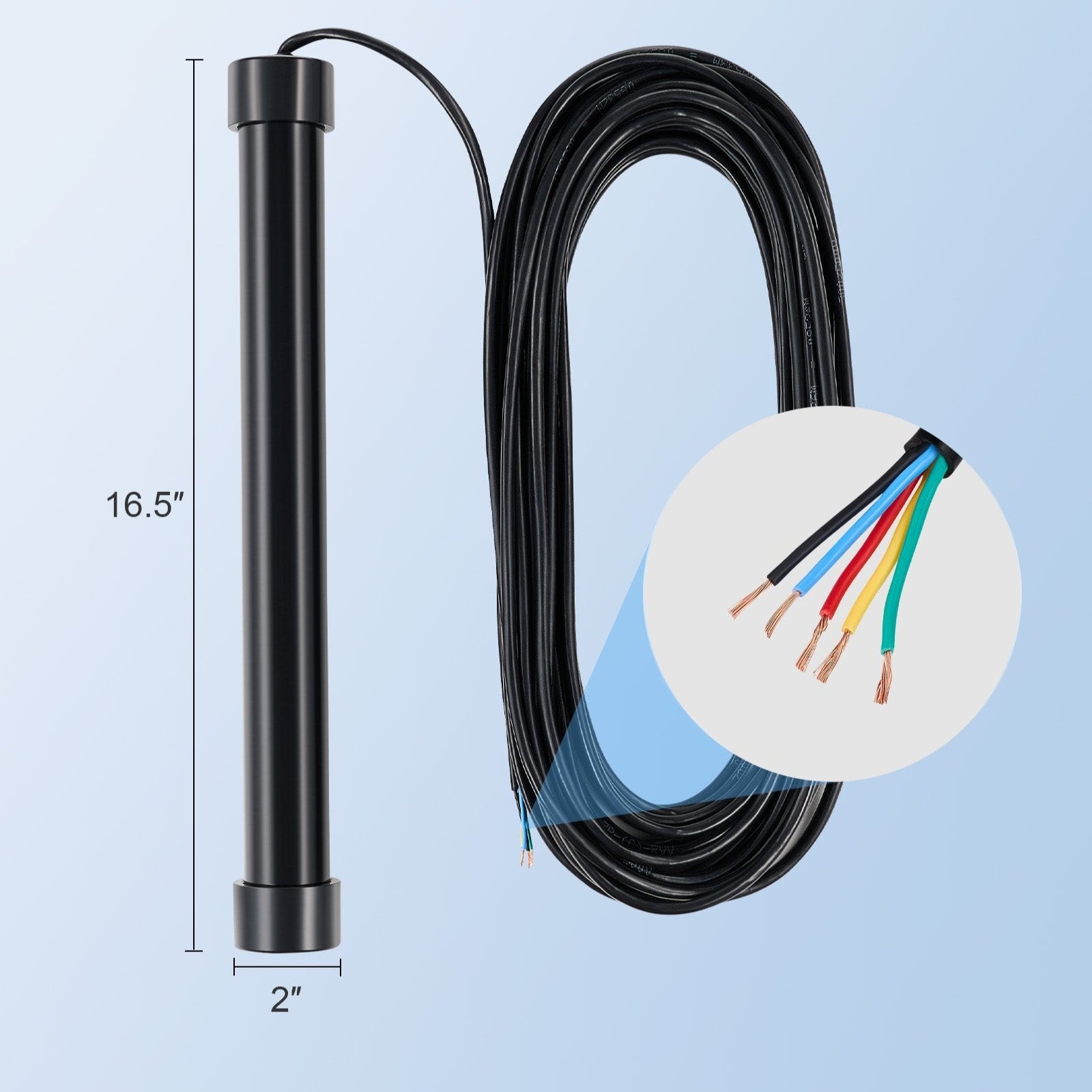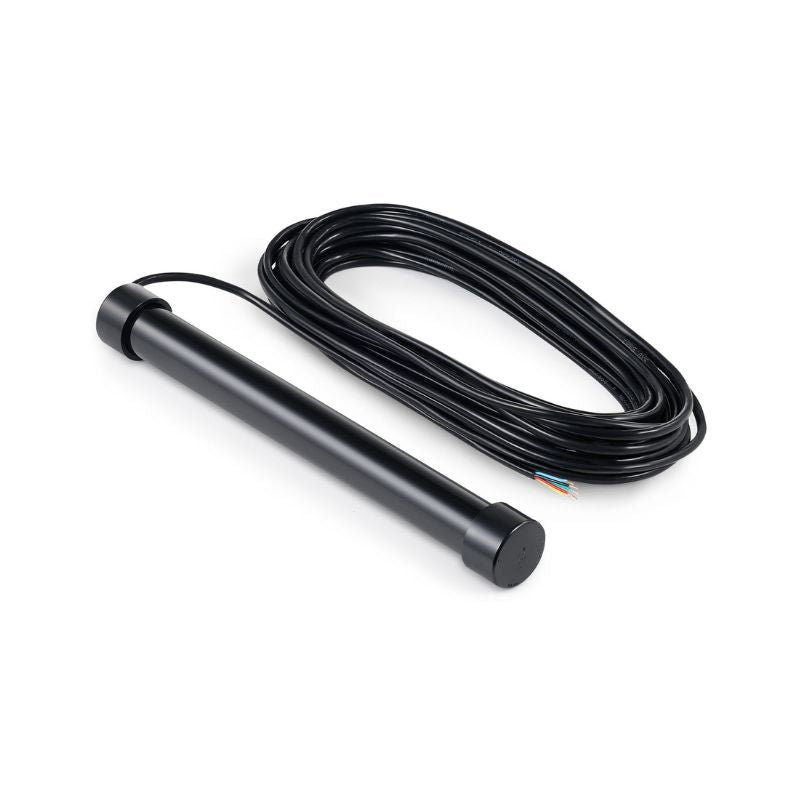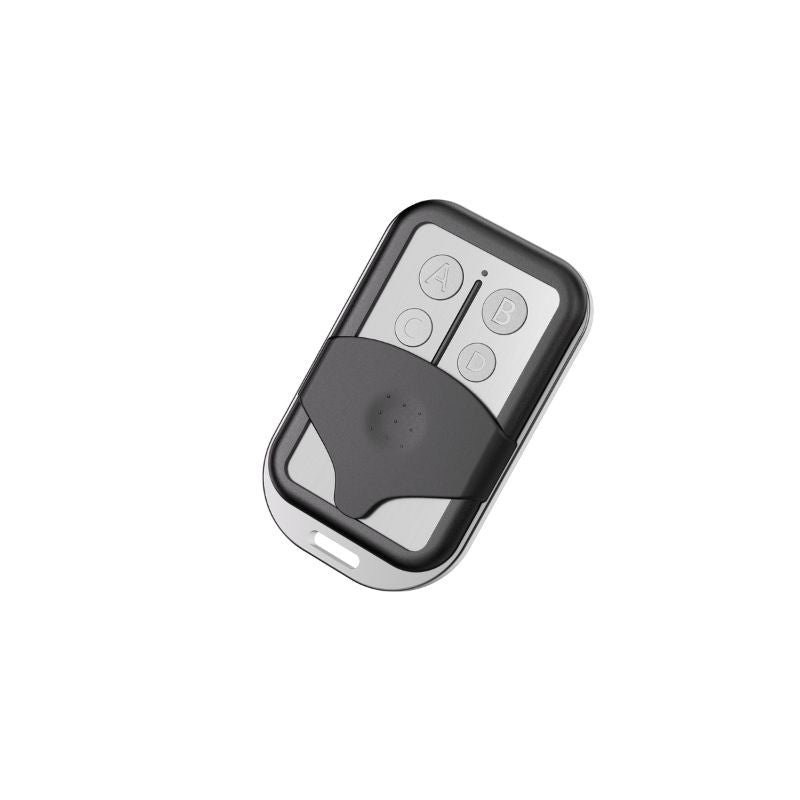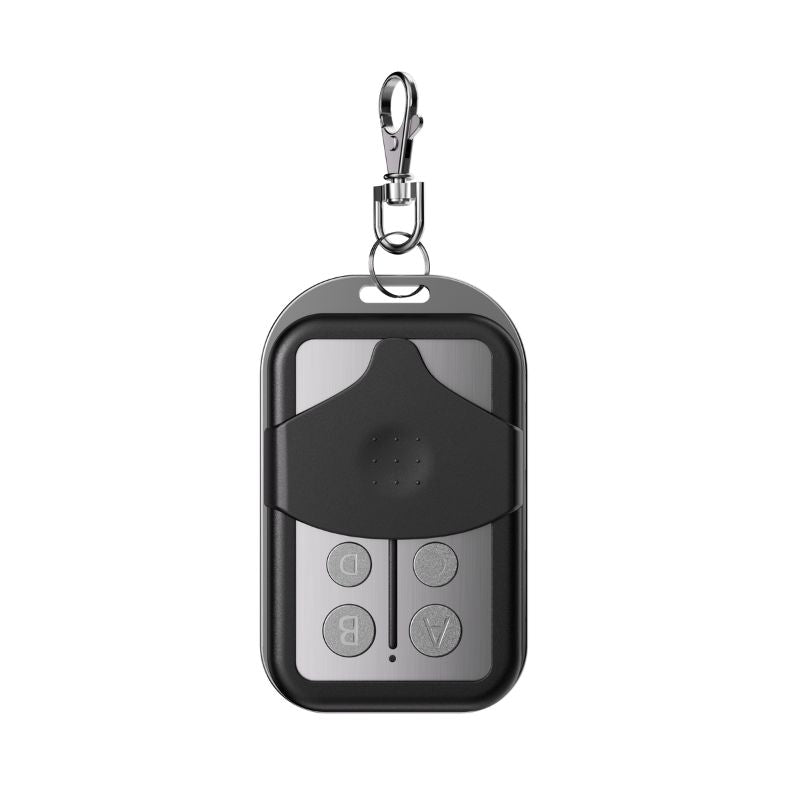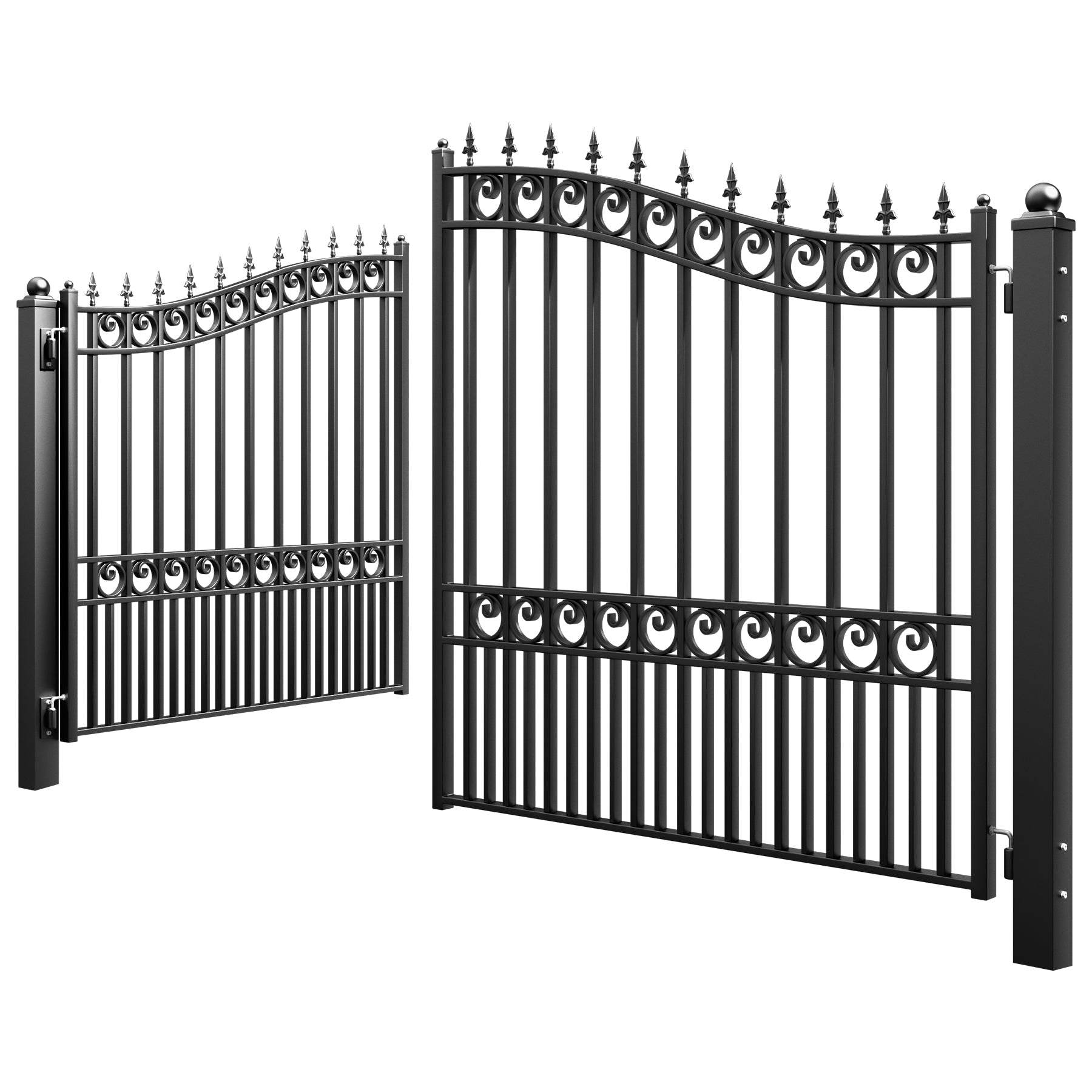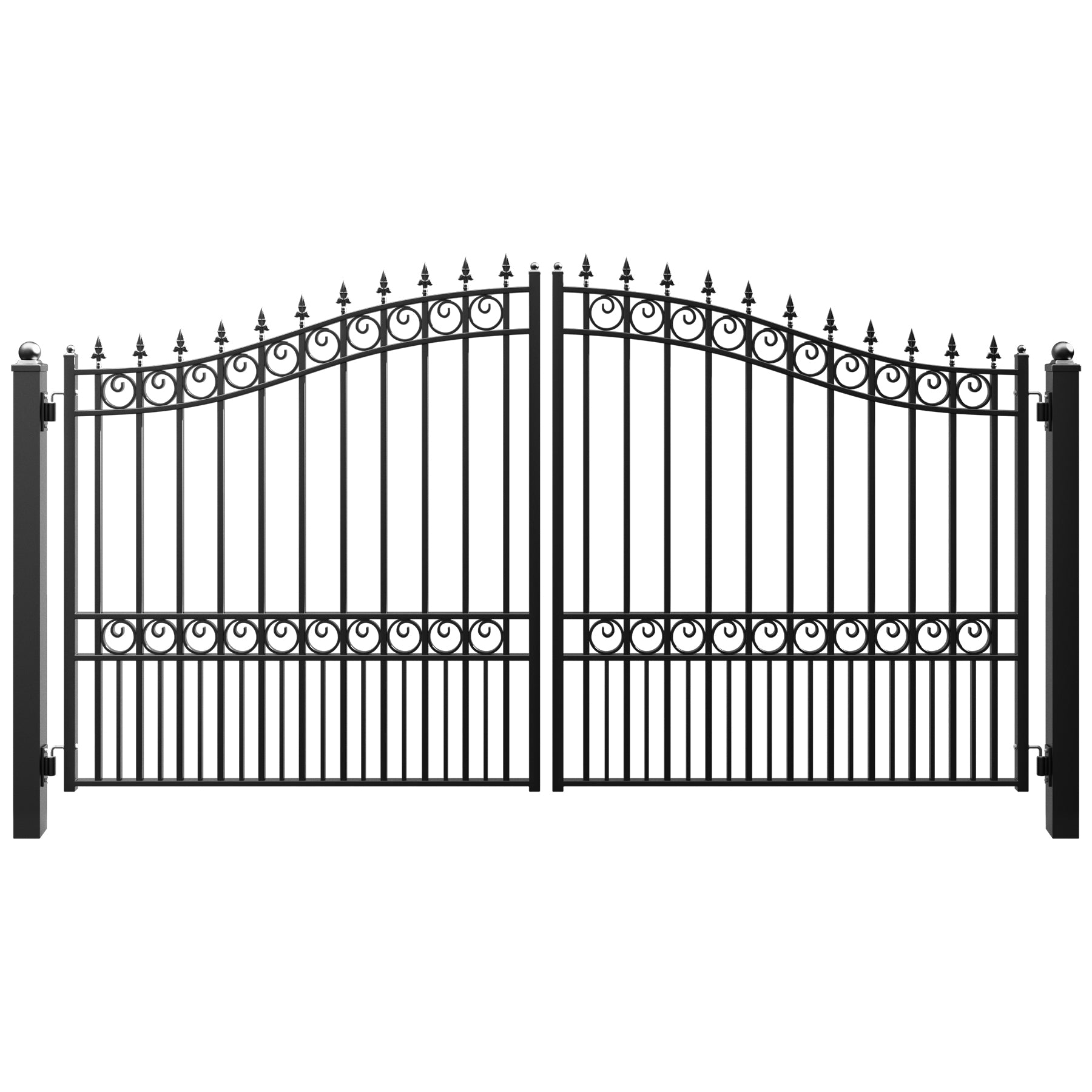Like many other types of machinery, automatic gate openers do occasionally malfunction. The good news is, in many cases, the problem is minor—something as simple as a dirty sensor or a weak battery.
So, before you pick up the phone to call a technician (which could end up costing you a lot), there are several quick and simple fixes you can try on your own.
Here are 10 tried-and-true gate opener repair hacks that can help you diagnose and possibly fix common problems with automatic gates.
1. Power Supply Check Hack
One of the most common reasons a gate opener stops working is a loss of power. To test if your gate opener is receiving power, plug a small household device, like a phone charger or lamp, into the same outlet that powers the gate.
If that device doesn’t work either, the issue is with the power supply, not the gate itself.
How to Do a Gate Opener Power Supply Check
- Check the circuit breaker or fuse box.
- Look for a tripped GFCI outlet (Ground Fault Circuit Interrupter) and press the reset button.
- If your opener is hardwired, check for loose or corroded wires at the connection point.
Some Buying Advice
If your gate opener has only one power option, problems with the power supply can be exceptionally inconvenient and costly.
This is where it makes sense to opt for a hybrid gate opener system that accommodates flexible power options, allowing you to switch between electricity and solar power to address such issues.
Consider the W1 Single Swing Gate Opener, which accommodates four power options:
- Solar panels for off-grid use,
- battery or AC power for reliable energy,
- or a combination of both solar and battery power for optimal performance in any situation.
2. Reset Your Gate Opener
The control board is the brain of your gate opener system, so resetting your gate opener simply means resetting the control board.
Just like rebooting your Wi-Fi router can fix a glitchy internet connection, rebooting your gate opener's control board can resolve many issues caused by electrical surges, signal disruptions, or software bugs.
How to Reset a Gate Opener System
It is always advisable to refer to the manual or contact customer service for instructions on how to reset your gate opener. However, here are some general tips that may be helpful.
- Locate the reset button on the control panel. This is often labeled “RESET” or a small pinhole that requires a paperclip.
- Hold the button for 10–15 seconds.
- Wait for the system to cycle and reboot. Then test the opener again.
Some newer systems also allow a software reset via a companion app or keypad command.
3. Clean the Safety Sensors (Photo Eyes)
If your gate opens but won’t close or stops mid-cycle, the problem may be caused by dirty or misaligned photo eye sensors. These sensors are designed to detect obstructions and stop the gate to prevent accidents, but when they're dirty or blocked, they mistake the dirt for a real hazard.
Steps to Clean Your Safety Sensors
- Locate the photo eyes on both sides of the gate (usually 6–12 inches above the ground).
- Wipe the lenses gently with a microfiber cloth and glass cleaner.
- Ensure both sensors are directly facing each other—use a small level if needed.
For a Zumi gate opener, you will notice an infrared beam that crosses the gate’s path. These are quite sensitive, and even cobwebs or dead leaves may cause a false trigger.
Did you know that even fallen leaves can affect your gate opener?
4. Use The Manual Release Button to Operate Your Gate Opener Manually
If your gate refuses to open and you're stuck outside, don’t panic. Most automatic gate systems include a manual release mechanism.
The manual release button is what enables you to operate a gate opener by hand, and it is especially useful during power outages or mechanical failures. Here are four instances where you might want to operate your automatic gate opener manually:
- During a power outage
- Motor/control system malfunction
- Routine maintenance or emergencies
- Battery depleted (for solar models)
How to Engage the Manual Release System and Operate Your Gate Opener Manually
For Zumi gate openers and many other popular gate opener brands, the manual release is located near the motor, usually in a weather-protected compartment.
- Find the manual release key or lever (often located on the motor housing).
- For a key based system, unlock with a provided key, then pull a lever or twist a knob to disengage.
- For a lever system, move the lever that detaches the motor drive.
- You’ll now be able to open and close the gate by hand.
- The manual release system for most sliding gates is a bolt and pin system. Remove the bolt or pin to disengage.
Be sure to re-engage the motor once the issue is resolved to restore normal function.
Related: How to Operate Your Gate Opener without Power
5. Check or Replace the Remote Battery
If your gate opener remote doesn’t trigger the gate anymore, the problem may be nothing more than a dead or weak battery.
- Replace the battery (common types include CR2032 coin batteries or AAs).
- Make sure the contacts inside the remote are clean and not corroded.
- Try a second remote, if you have one, to confirm the issue isn’t with the opener itself.
Also, ensure you’re within range—most remotes work best within 50–100 feet, depending on the antenna strength.
6. Lubricate Moving Parts
Mechanical resistance can cause the gate to move slowly or even stall. Lack of lubrication on hinges, rollers, or the drive chain can put excess strain on the motor.
How to Lubricate a Gate Opener
Use a silicone-based spray lubricant. Avoid WD-40 or grease—they attract dirt.
Apply lubricant to:
- Swing gate hinges or pivot points
- Sliding gate rollers and tracks
- Chain or arm drive systems
Do this every 3–6 months for smooth operation.
Explore some gate opener maintenance tips for winter.
7. Realign Photo Eye Sensors with a Flashlight
If cleaning the sensors doesn’t solve the problem, they may be misaligned. A simple trick to realign them involves using a flashlight or laser pointer.
How to Align Gate Opener Sensors.
- Shine a flashlight through one sensor to the other. If the beam doesn't pass cleanly, adjust the angle of the sensor.
- Once the sensors are aligned, most systems will indicate alignment with a solid LED light on the sensor.
Realigning your gate opener sensors is especially important after heavy winds, bumps from vehicles, or ground shifting.
Misalignment of gate safety sensors is one of the ways extreme weather affects a gate opener.
8. Adjust or Clean Limit Switches
If your gate opens partially or doesn’t close all the way, your limit switches might be misaligned or dirty. These switches tell the gate where to stop.
Here’s a hack to fix misaligned or dirty limit switches.
- Locate the limit switch arms or magnets near the gate track or motor.
- Clean any dirt, dust, or debris from the contact points.
- Slightly adjust their position (usually a screw or bracket) to ensure they trigger at the right spots.
Check your opener’s manual for exact instructions—every brand uses slightly different components.
9. Extend the Antenna for Better Remote Range
If your remote only works when you're right next to the gate, the antenna might not be positioned for optimal reception.
Hack:
- Look for a thin wire or stub antenna extending from the control box.
- Gently straighten and reposition it vertically.
- You can also add a small length of copper wire to extend the antenna and boost signal strength.
Just be careful not to short anything—keep it simple and insulated if needed.
10. Solar Gate Opener? Check These Quick Fixes
If your solar-powered gate isn’t responding, the problem often lies in one of three places: the panel, the battery, or the charge controller.
Checklist:
- Make sure the solar panel is clean and angled toward direct sunlight.
- Use a voltmeter to check if the battery is fully charged (usually 12V or 24V).
- If you suspect a dead battery, temporarily swap in a known good one and test the system.
Also, check the charge controller lights—they often indicate charging status or error conditions.
Final Thoughts
Many gate opener issues are easy to fix with basic tools and a little patience. These hacks won’t solve every problem, but they can help you narrow down the issue, get your gate working temporarily, or avoid an unnecessary service call. Always refer to your manufacturer’s manual for safety tips and brand-specific instructions.
If you’ve tried these hacks and your gate still isn’t working, it might be time to call a professional. But now, you’ll be better informed and less likely to pay for something you could’ve fixed in 15 minutes.




